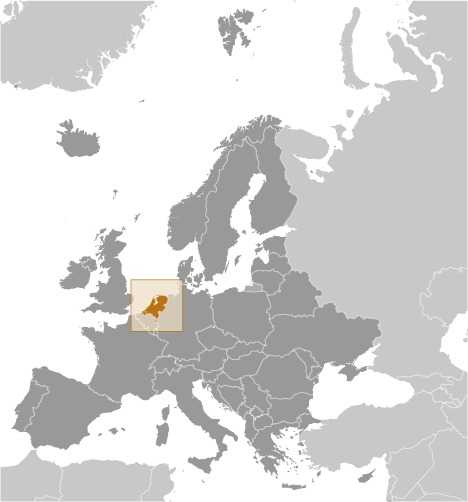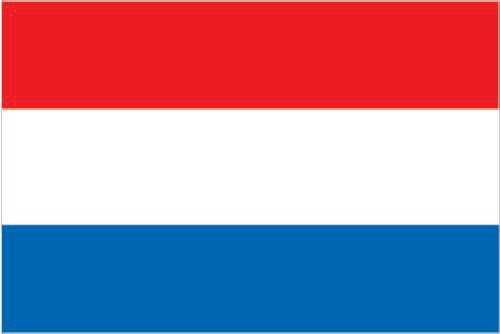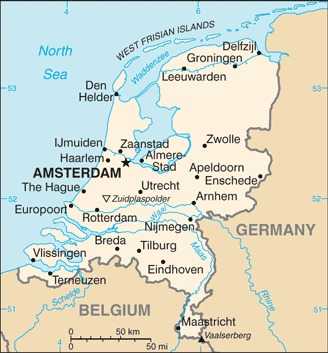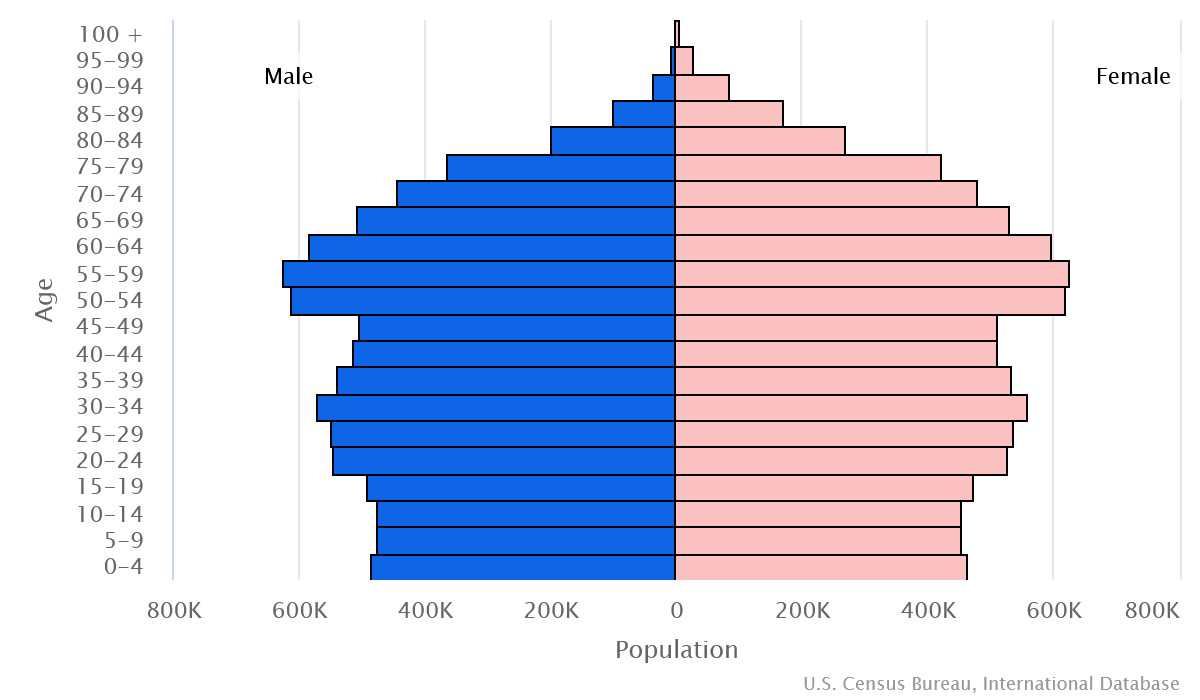Introduction
Background
The Dutch United Provinces declared their independence from Spain in 1581; during the 17th century, they became a leading seafaring and commercial power, with settlements and colonies around the world. After 18 years of French domination, the Netherlands regained its independence in 1813. In 1830, Belgium seceded and formed a separate kingdom.
Geography
Area
total : 41,543 sq km
land: 33,893 sq km
water: 7,650 sq km
Climate
temperate; marine; cool summers and mild winters
Natural resources
natural gas, petroleum, peat, limestone, salt, sand and gravel, arable land
People and Society
Population
total: 17,772,378
Ethnic groups
Dutch 75.4%, EU (excluding Dutch) 6.4%, Turkish 2.4%, Moroccan 2.4%, Surinamese 2.1%, Indonesian 2%, other 9.3% (2021 est.)
Languages
Dutch (official); note - Frisian is an official language in Fryslan province; Frisian, Low Saxon, Limburgish, Romani, and Yiddish have protected status under the European Charter for Regional or Minority Languages; Dutch is the official language of the three special municipalities of the Caribbean Netherlands; English is a recognized regional language on Sint Eustatius and Saba; Papiamento is a recognized regional language on Bonaire
Religions
Roman Catholic 20.1%, Protestant 14.8% (includes Dutch Reformed, Protestant Church of The Netherlands, Calvinist), Muslim 5%, other 5.9% (includes Hindu, Buddhist, Jewish), none 54.1% (2019 est.)
Population growth rate
0.39% (2024 est.)
Government
Government type
parliamentary constitutional monarchy; part of the Kingdom of the Netherlands
Capital
name: Amsterdam; note - The Hague is the seat of government
Executive branch
chief of state: King WILLEM-ALEXANDER (since 30 April 2013)
head of government: Prime Minister Dick SCHOOF (since 2 July 2024)
Legislative branch
description: bicameral States General or Staten Generaal consists of:
Senate or Eerste Kamer (75 seats; members indirectly elected by the country's 12 provincial council members by proportional representation vote; members serve 4-year terms)
House of Representatives or Tweede Kamer (150 seats; members directly elected in multi-seat constituencies by open-list proportional representation vote to serve up to 4-year terms)
Economy
Economic overview
high-income, core EU- and eurozone-member economy; trade-oriented with strong services, logistics, and high tech sectors; exiting mild recession triggered by inflation and weak export demand; tight labor market; low deficits and manageable public debt; strong ratings for innovation, competitiveness, and business climate
Real GDP (purchasing power parity)
$1.24 trillion (2023 est.)
$1.238 trillion (2022 est.)
$1.187 trillion (2021 est.)
Real GDP per capita
$69,300 (2023 est.)
$70,000 (2022 est.)
$67,700 (2021 est.)
Agricultural products
milk, sugar beets, potatoes, pork, onions, wheat, chicken, tomatoes, carrots/turnips, goat milk (2022)
Industries
agroindustries, metal and engineering products, electrical machinery and equipment, chemicals, petroleum, construction, microelectronics, fishing
Exports
$949.983 billion (2023 est.)
$944.421 billion (2022 est.)
$865.094 billion (2021 est.)
Exports - partners
Germany 19%, Belgium 14%, France 9%, UK 6%, Italy 5% (2022)
Exports - commodities
refined petroleum, broadcasting equipment, machinery, packaged medicine, crude petroleum (2022)
Imports
$825.799 billion (2023 est.)
$835.47 billion (2022 est.)
$749.324 billion (2021 est.)
Imports - partners
Germany 14%, China 12%, US 9%, Belgium 9%, UK 5% (2022)
Imports - commodities
crude petroleum, refined petroleum, natural gas, broadcasting equipment, computers (2022)
Exchange rates
euros (EUR) per US dollar -
Page last updated: Wednesday, July 24, 2024




